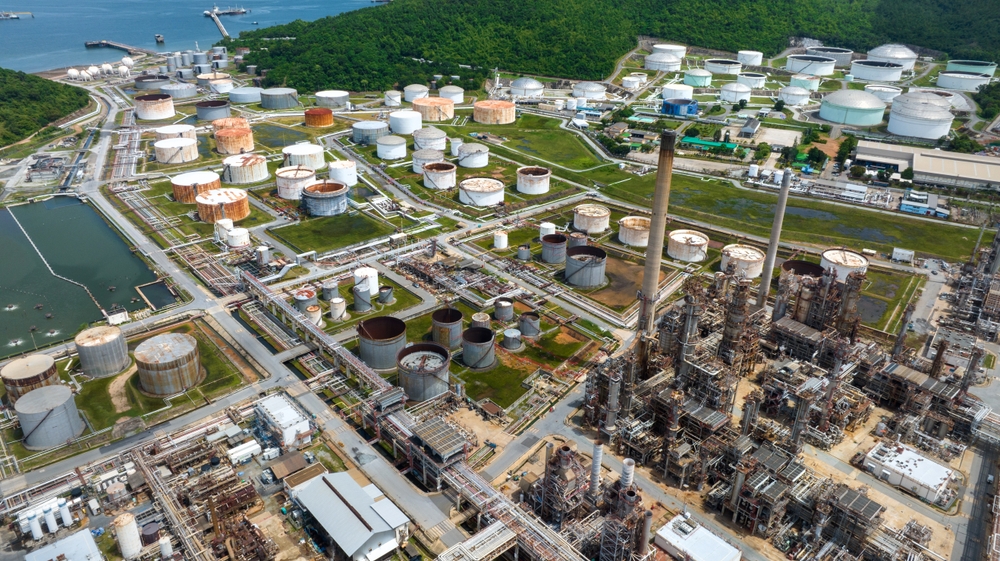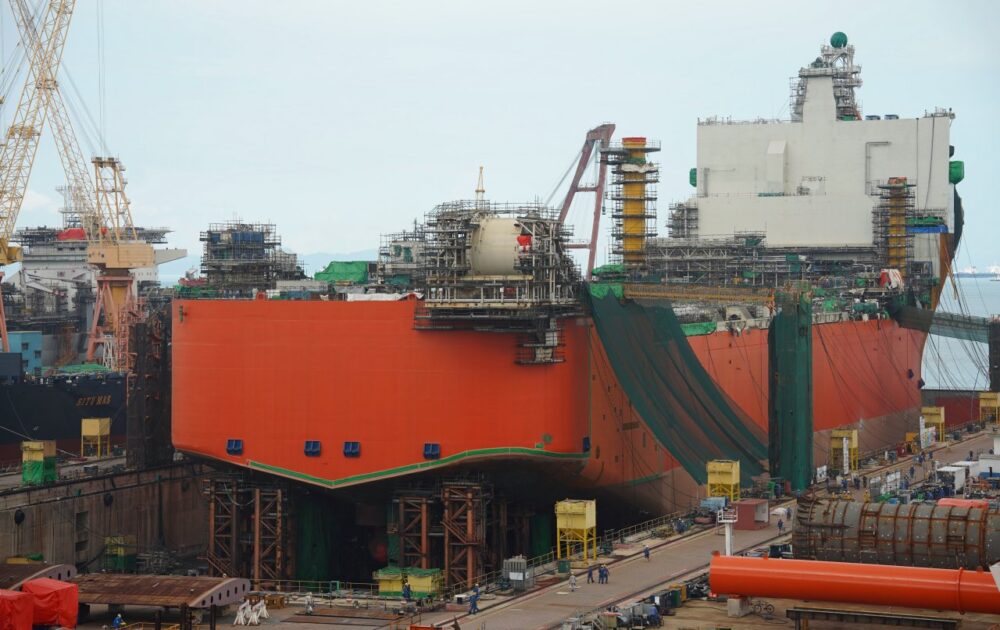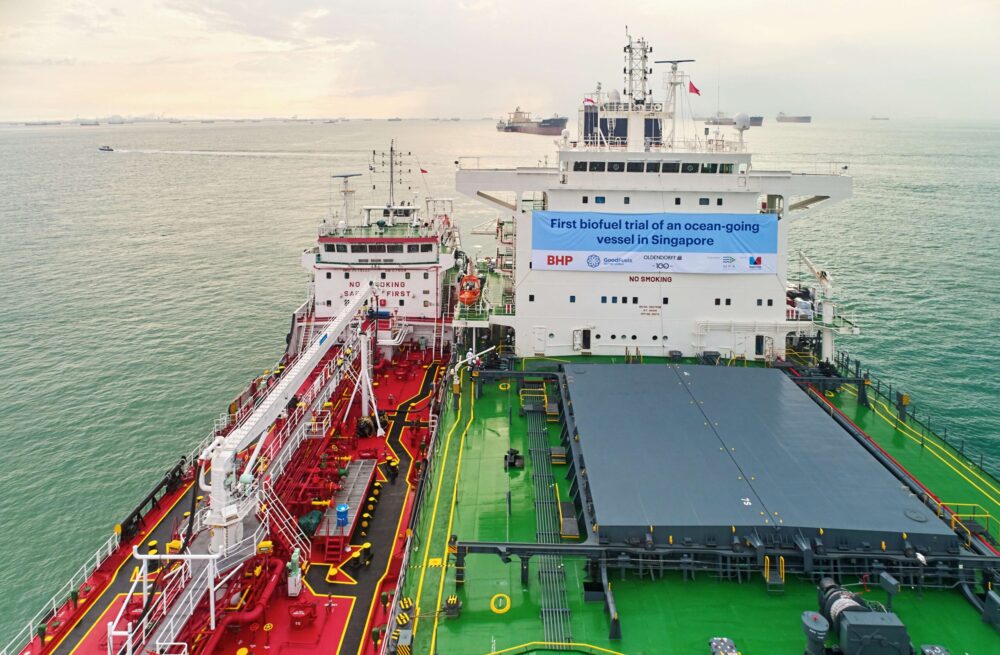
Singapore has been identified as the favoured Asian liquefied natural gas (LNG) trading hub, according to a survey of senior industry leaders by Deloitte.
Deloitte’s first annual Energy Trading Summit in Singapore was attended by senior energy sector leaders from across Asia. In a survey of these executives, nearly 80% identified Singapore as the country most likely to become the Asian LNG trading hub in the next five to ten years. Japan and China were also identified as other potential hub locations.
“The clear consensus here makes sense given Singapore’s world class reputation as a commodity trading hub,” says Mark Edmunds, Deloitte oil and gas Asia-Pacific regional leader. “Trading infrastructure and institutional structures are in place, and the country has a strong trading talent pool and strategic geographic location – all factors supporting the development of LNG trading capability. Singapore is home to more than 40 trading organisations today and is quickly becoming the hub of choice for LNG.”
Which LNG pricing benchmark?
Over half of the survey respondents (58%) agreed the Platts Japan/Korea Marker (JKM) will be the most widely adopted benchmark for spot LNG trades in Asia five years, while the SGX LNG Index Group (Sling) is also expected to emerge as an important index for Asian trades.
Edmunds adds: “With our survey respondents identifying JKM as Asia’s benchmark for LNG spot trades, it is further evidence this is fast becoming the standard LNG pricing benchmark in Asia. The strong support for the SGX is consistent with the likely hub role of Singapore in the region.”
Survey respondents identified Australia, followed by Qatar and the USA, as the top three LNG exporters to the Asian market in five years.
Bernadette Cullinane, Deloitte Australia oil and gas leader and Global LNG leader comments: “Given the proximity of Australia to the Asian demand centres and the massive recent ramp-up in LNG export capability, it is not surprising Australia was viewed as the top exporter to Asia.
“But it’s fascinating to see the consensus around the impact of the US LNG cargoes targeting Asia, particularly given the relative immaturity of the US LNG supply story. The survey results support the view of how competitive the US projects are given the abundant gas reserves, available labour pool, competitive cost structures and the scope for low capital intensity, rapid expansion LNG capacity.”
LNG market rebalance
When asked when they expect LNG market supply and demand rebalance, survey respondents illustrated how split the market is on timing. While the majority (82%) believe the market will rebalance before 2024, 8% stated it could rebalance as soon as 2020, and 42% feel market equilibrium could be restored before 2022. Only 18% point to the market remaining in surplus post 2024.
“The exact timing of this rebalance is an ongoing debate, but what is clear is new final investment decisions (FIDs) will be required to meet demand growth after 2020,” says Cullinane.
“The LNG market is a global one. The number of countries with LNG import infrastructure could grow to 50 by 2025, supported by lower cost developments like floating storage regasification units (FSRU). With a demand profile like this, supply will need to respond. FIDs on new LNG projects will be needed sooner rather than later. FSRU technology has undoubtedly opened doors to many new customers, especially those interested in smaller volumes or in emerging markets, but to fully develop the potential of LNG will require importers to invest in downstream infrastructure including storage, regasification, pipeline capacity and gas-fired generation capability.”
Edmunds concludes: “Gas is clearly becoming a global commodity, catalysed by the growth of LNG. The current LNG overhang is accelerating the pace of this evolution, making it the perfect time for companies to begin building their trading and commercial optimisation capabilities.”
Image by jack_photo







